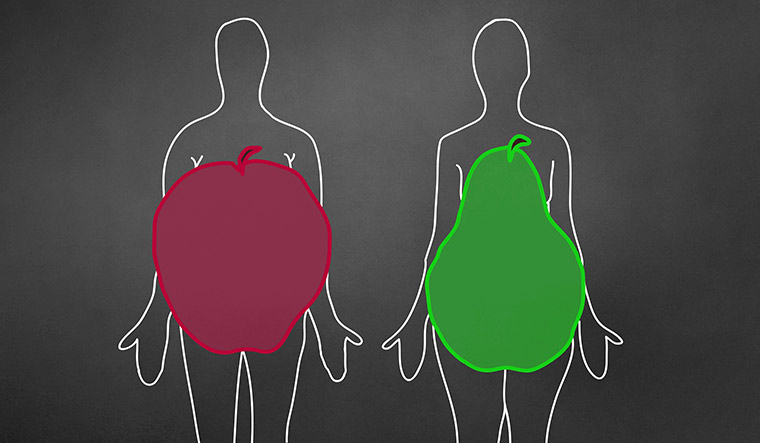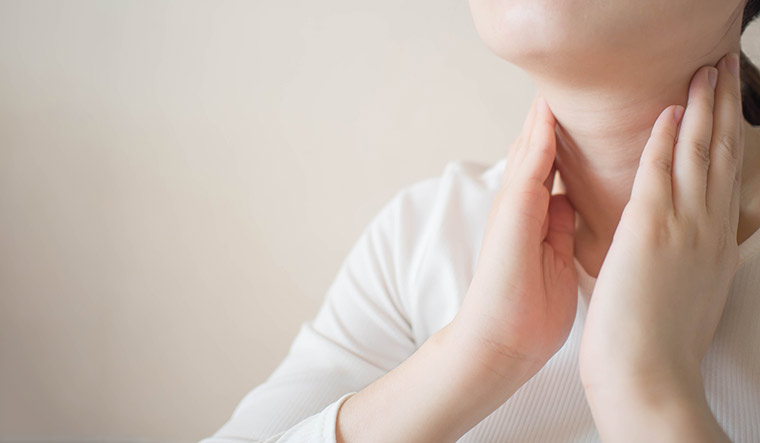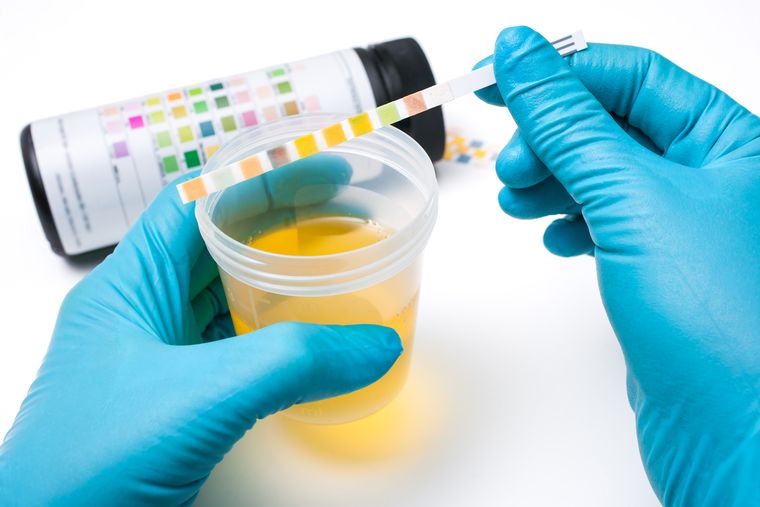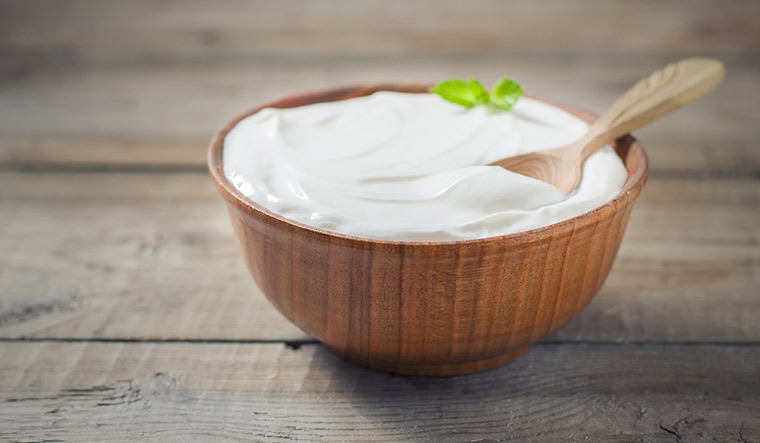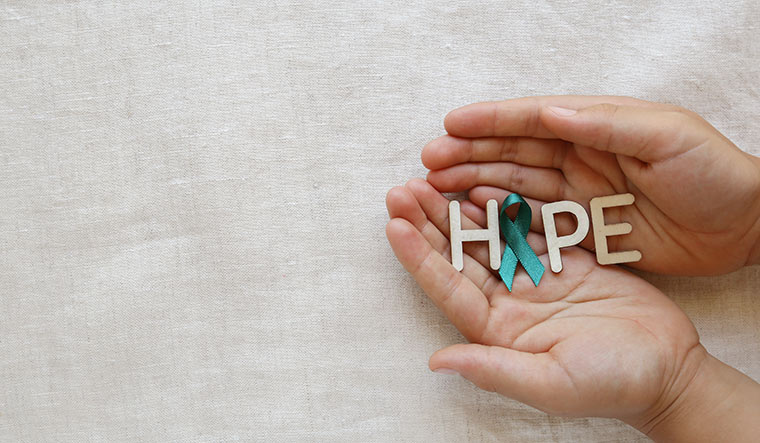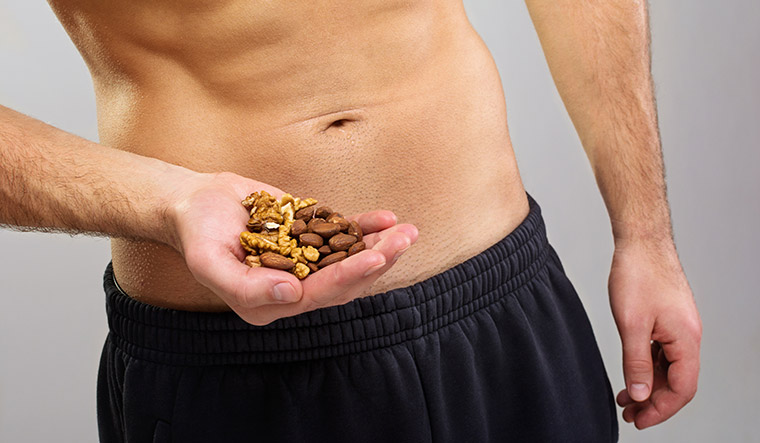Spending just two hours a week in nature may promote physical and mental well-being, according to a British study published in the journal Scientific Reports.
The study was based on a survey of nearly 20,000 people in England who were asked to rate their general health and well-being, and also answered questions about their engagement with nature during the previous week, including parks, beaches, countryside and other natural settings.
People who spent two to three hours per week in nature were 59 per cent more likely to report good health and 23 per cent more likely to report high well-being, compared to participants without any nature contact.
The positive association peaked at 300 minutes per week, beyond which there was no further gain. The benefits were seen across different groups of people, men and women, old and young, different occupational and ethnic groups, and those living in both rich and poor areas.
Even people with long-term illnesses or disabilities reported better health and well-being if they spent two hours in nature. And the benefits were seen if the nature visits were done in one long stretch or several short visits in a week.
The majority of nature visits in the study took place within just two miles of home.
Shape matters
Your cardiovascular disease risk may depend on your body shape.
According to a US study published in the European Heart Journal, post-menopausal women who are apple-shaped have a greater risk of cardiovascular diseases, even if they are of normal weight, while pear-shaped women have a considerably lower risk.
To analyse if fat distribution impacted heart disease risk, the researchers followed 2,683 women with normal body mass index for nearly 18 years. None of the participants had cardiovascular disease at the start of the study. During the study period, 291 new cases occurred.
Women who stored most fat round their middle (apple shaped) had almost twice the risk of heart disease and stroke compared to women with the least fat stored around their middle. On the other hand, the risk was 40 per cent lower in women who stored the most fat in their legs (pear-shaped).
Women who had the highest percentage of fat around their middle and the lowest percentage of leg fat had more than three times greater risk compared to women with the least body fat and the most leg fat.
Stroke-triggering infections
Infections, especially urinary tract infections, may put you at risk of suffering a stroke.
For the study published in the journal Stroke, the researchers looked at the medical records of more than 190,000 people who had been treated for a stroke to see if they had been hospitalised for infections, including skin, urinary tract, septicaemia, abdominal and respiratory, at seven, 14, 30, 60, 90, and 120 days prior to the stroke occurrence.
Every type of infection increased the risk of ischaemic stroke, a type of stroke caused by blocked blood vessels in the brain. But UTIs showed the strongest link. Patients were more than three times as likely to suffer an ischaemic stroke within 30 days of an UTI. The risk was over five times greater in the week following an infection.
UTI, blood infection and respiratory infection increased the risk for intra-cerebral haemorrhage, which is caused by a ruptured blood vessel in the brain. Respiratory infection also increased the likelihood of subarachnoid haemorrhage, caused by bleeds in the inner lining of the brain.
Anticholinergic drugs and dementia risk
A commonly prescribed class of drugs has been shown to increase the risk of dementia. According to a British study published in the journal JAMA Internal Medicine, patients aged 55 and older who took anticholinergic medication daily for three years or more, had a 50 per cent increased risk of dementia.
Anticholinergic drugs work by blocking acetylcholine, a chemical that transmits messages in the nervous system. They are prescribed for a variety of health conditions, including chronic obstructive pulmonary disease, bladder conditions, depression, allergies, gastrointestinal disorders and Parkinson’s disease.
The researchers compared the medical records of 58,769 patients with dementia and 225,574 patients without dementia. All the patients were 55 and older.
The increased risk of dementia was especially seen in patients who took anticholinergic drugs for depression, Parkinson’s, bladder problems and epilepsy, and in people aged below 80, suggesting that “anticholinergic drugs should be prescribed with caution in middle-aged and older people”.
Risky treatment
Patients who receive radioactive iodine (RAI) treatment for hyperthyroidism have an increased long-term risk of cancer death from solid tumours, especially breast cancer. RAI is one of three commonly prescribed treatments for hyperthyroidism. The other two are anti-thyroid drugs and surgery.
The US study published in JAMA Internal Medicine included nearly 19,000 people with hyperthyroidism (mainly Graves’ disease) who received the radiation treatment between 1946 and 1964. None of them had cancer at the start of the study.
The researchers estimated radiation doses that each organ or tissue was exposed to as part of the treatment. While most of the radiation is absorbed by the thyroid gland, other organs like the breast and stomach are also exposed during treatment.
There was a dose-response relationship between the radiation dose absorbed by an organ and the risk of death from cancer at that site, especially for solid tumours in men and women, and for breast cancer in women.
Every 100 milligram of dose was associated with a 12 per cent increased risk of breast cancer death and 5 per cent greater risk of death from other solid cancers.
According to the study, for every 1,000 patients (average age 40) treated with RAI, there would be an additional 19 to 32 radiation-related solid cancer deaths.
Did You Know?
The risk of stillbirth increases with every week that a pregnancy continues beyond 37 weeks, which is considered full term. The risk increased by 87 per cent for deliveries at 42 weeks compared to 41 weeks of gestation.
PLOS Medicine
For timely detection
Prostate cancer often grows slowly and most men with a diagnosis do not require treatment. But the current prostate-specific antigen (PSA) blood tests cannot predict which tumours will become aggressive, making it hard for doctors to decide which men need further treatment.
About 75 per cent of men with a high PSA test result do not have prostate cancer when they have a biopsy. On the other hand, PSA test fails to spot cancer in about 15 per cent of men with prostate cancer.
Prostate urine risk (PUR), the new urine test, can predict which patients will require treatment, five years earlier than the current tests. PUR looks for genetic markers to make a more accurate diagnosis.
The researchers hope the new test would help low-risk patients on active surveillance avoid unnecessary and repeated biopsies.
The findings were published in the journal BJU International.
Yogurt to fight colon cancer
Eating yoghurt may lower the risk of colon cancer in men.
The study published in the journal Gut was based on 32,606 men and 55,743 women.
All of them had a colonoscopy between 1986 and 2012. During the study, 5,811 men and 8,116 women developed polyps or adenomas, which are abnormal growths that have the potential to turn cancerous.
Men who ate two or more servings of yoghurt a week were 19 per cent less likely to develop conventional adenomas compared with men who did not eat any yoghurt. They were also 26 per cent less likely to develop the kind of adenomas that have the highest potential to become cancerous.
However, the study did not find any link between yoghurt consumption and adenoma risk in women.
So how does yoghurt help fight cancer? According to the researchers, yoghurt may promote the growth of healthy bacteria in our gut. Two common probiotics found in yoghurt, lactobacillus bulgaricus and streptococcus thermophilus, may reduce acids and cancer-causing chemicals in the colon. Yoghurt may also reduce inflammation, which reduces cancer risk.
Did You Know?
Using LASER antiretroviral therapy followed by gene editing, US researchers have successfully eliminated HIV from infected animals’ genome for the first time.
Nature Communications
Can cervical cancer be eradicated?
A global review of the impact of HPV vaccinations has shown significant reductions in human papillomavirus infections, genital warts and precancerous lesions that can lead to cervical cancer.
The HPV vaccine, offered to girls and boys, protects against the HPV strains—HPV 16 and 18—that cause 70 per cent of cervical cancers. It also provides protection against 90 per cent of the strains that cause genital warts.
For the study published in The Lancet, researchers reviewed 65 studies that included data collected over eight years from more than 60 million people in 14 countries.
Compared to rates before vaccination, HPV 16 and 18 dropped by 83 per cent in girls aged 13 to 19 years, and by 66 per cent among women aged 20 to 24, five to eight years after vaccination initiation. In addition, there was a 54 per cent reduction in three other types of HPV—31, 33 and 45—in teen girls.
Precancerous cervical lesions went down by 31 per cent in women aged 20 to 24 and 51 per cent in teen girls.
Cases of genital warts went down by 67 per cent in girls aged 15 to 19, 48 per cent in boys aged 15 to 19, 54 per cent in women aged 20 to 24, 32 per cent in men aged 20 to 24, and 31 per cent in women aged 25 to 29 years.
For your sexual health
Regular nut consumption can improve erectile and sexual function in healthy men.
Lifestyle factors, including smoking, excessive alcohol consumption, lack of physical activity, psychological stress, and unhealthy diets can negatively impact erectile and sexual function.
For the Spanish study published in the journal Nutrients, researchers assigned 83 healthy men, aged 18 to 35, to one of two groups. Men in the nut group were asked to add 60g raw mixed nuts (hazelnuts, almonds, and walnuts) daily to their usual western-style diet for 14 weeks, while those in the control group followed their usual western-style diet without any nuts.
The nut intervention group reported significant increase in the orgasmic function and sexual desire at the end of the study period compared to the control group.
“Our study suggests that compliance with a healthy diet supplemented with mixed nuts may help improve erectile function and sexual desire,” the study concluded.
Hidden recovery signals
There is no clear way for doctors to predict which patients will recover from coma after a brain injury. Neurological examinations and other tests that are currently used by doctors to estimate the likelihood of recovery are often inaccurate.
According to a study published in the New England Journal of Medicine, some patients in coma may show signs of hidden consciousness that are detectable with EEGs just days after injury and those patients are more likely to get better.
The study was based on 104 unresponsive adult patients who had suffered a sudden brain injury due to internal bleeding, trauma, or oxygen deprivation. They were unable to talk and did not respond to commands to move.
The researchers used EEG to scan the brain waves of the patients as they were asked many times to open and close their hands or stop opening and closing their hands. Using an algorithm, the brain waves were then analysed to see if there were different patterns of activity, suggesting that the patients could differentiate between the two commands even though they could not act on it.
Fifteen per cent of the patients had brain activity patterns suggesting hidden consciousness within four days of the injury. Among them, 50 per cent were able to follow verbal commands before being discharged from hospital compared to 26 per cent of those without such brain activity.
A year later, 44 per cent of patients with the brain activity patterns were able to function independently for eight hours daily, compared with only 14 per cent of those without such brain activity.
Did You Know?
About 81 per cent of antibiotics prescribed by dentists before dental procedures to prevent infections are unnecessary.
JAMA Network Open
Beware, workaholics
People who regularly work long hours have a higher risk of stroke, especially if they do so for ten years or more, according to a French study published in the journal Stroke.
The study defined long hours as working more than ten hours for at least 50 days a year.
The risk was similar for both men and women, but greatest for people younger than 50. The study included 143,592 participants, 29 per cent of whom reported working long hours and 10 per cent reported working long hours for a decade or more.
Among them, 1,224 had suffered a stroke.
Working long hours was associated with a 29 per cent greater risk of stroke. The risk was 45 per cent greater for those who worked long hours for ten years or more.
Part-time workers and those who suffered a stroke before working long hours were excluded from the study.
CONTRIBUTOR: SHYLA JOVITHA ABRAHAM


